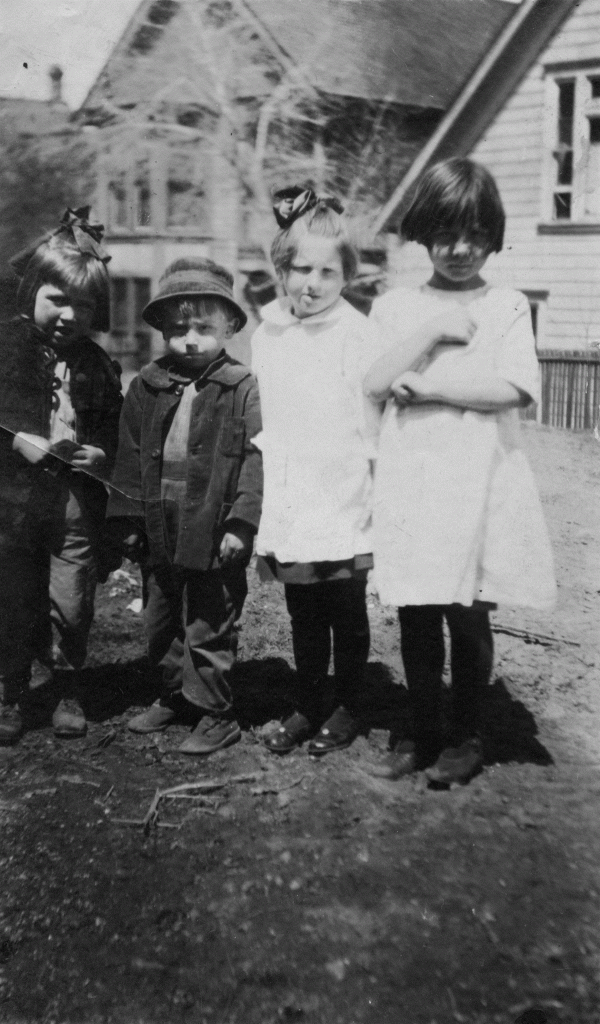A voice often missing in history is that of the child. Though in recent years there has been interest in the study of children and childhood throughout history, not much has come of it aside from broad surveys covering vast eras or unspecific settings. Children from places like Park City and other Western mining towns in the 19th and 20th centuries are almost nonexistent in history books. What we have instead are memories and stories passed down through the years. It’s these that give us a clue about what it might have been like to grow up in Park City.
There were many aspects to everyday life as a child in a mining town. Most children had some connection to the mines, be it through their fathers, uncles, or even older brothers. Parkite kids were well aware of the dangers that came with mining. For example, Melvin DeJonghe never even knew his father, who died in a cave-in seven months before his birth. Lloyd Evans spoke in an oral history of knowing the risks of playing near mine shafts and equipment. Children explored the hills and Park City’s surroundings but kept clear of the tunnel entrances. That said, the area’s sandy mine dumps often served as a playground after school or on weekends.

Credit: Park City Historical Society and Museum, Digital Photograph Collection
There were several schools in town: from the old Ontario School, a one-room house built in 1875 for the earliest youngsters of the camp, to St. Mary’s parochial school, to the old stone building housing the Washington School. All Parkite children between ages 8-14 were required by law to attend school. There were many a cautionary tale told about truancy, though that didn’t stop some from playing hooky. Bessie Thompson, scared of getting caught at home and dragged back to class, remembered hiding under the bed one day when county officials came to review attendance.
When not in school, kids played up and down the streets (though they often weren’t allowed on Main Street on payday). They sledded, ran races, or visited friends to beg for treats from hardworking but doting parents. Many reminisced in adulthood about the 10 o’clock whistle unofficially noting curfew. Tom Slade once wrote that after being found out and about after the whistle, a policeman locked him in a jail cell, putting “the fear of hell” into him. He never broke curfew again.
Lifelong Parkites are usually quick to note how safe they felt growing up in this community. While certainly not ignorant of the many hardships associated with mining town life, it was not on their minds at the time. As Jim Santy once remarked, compared to more modern standards, “we were all a bunch of poor people but we were all in the same boat [so] we really didn’t know it.” What they knew instead were Friday night movies, earning a nickel for marching in the Fourth of July parade, ice cream at Pop Jenks’s cafe, and dancing the night away at Rasband Hall.
Sources:
Oral Histories: Lloyd Evans, July 1, 2011; Wilma Larremore, July 26, 2000; Jim and Carol Santy, April 12, 2001; Bessie Thompson, August 31, 1993
Memoirs and notes in the “People Binders”: Susannah Brazier, Tommy Neel/Tom Slade; Melvin DeJonghe; Bessie Dority Wyckoff